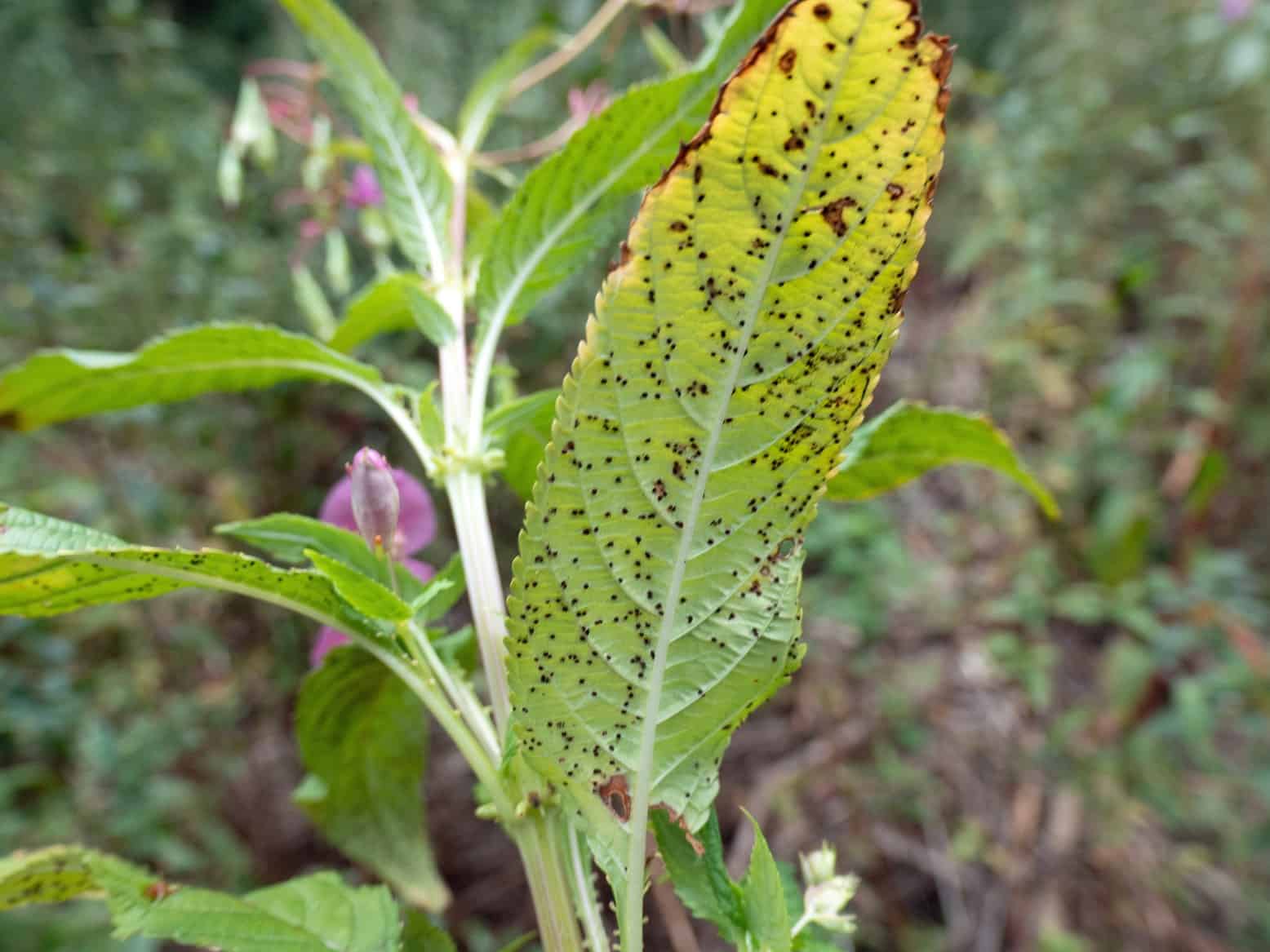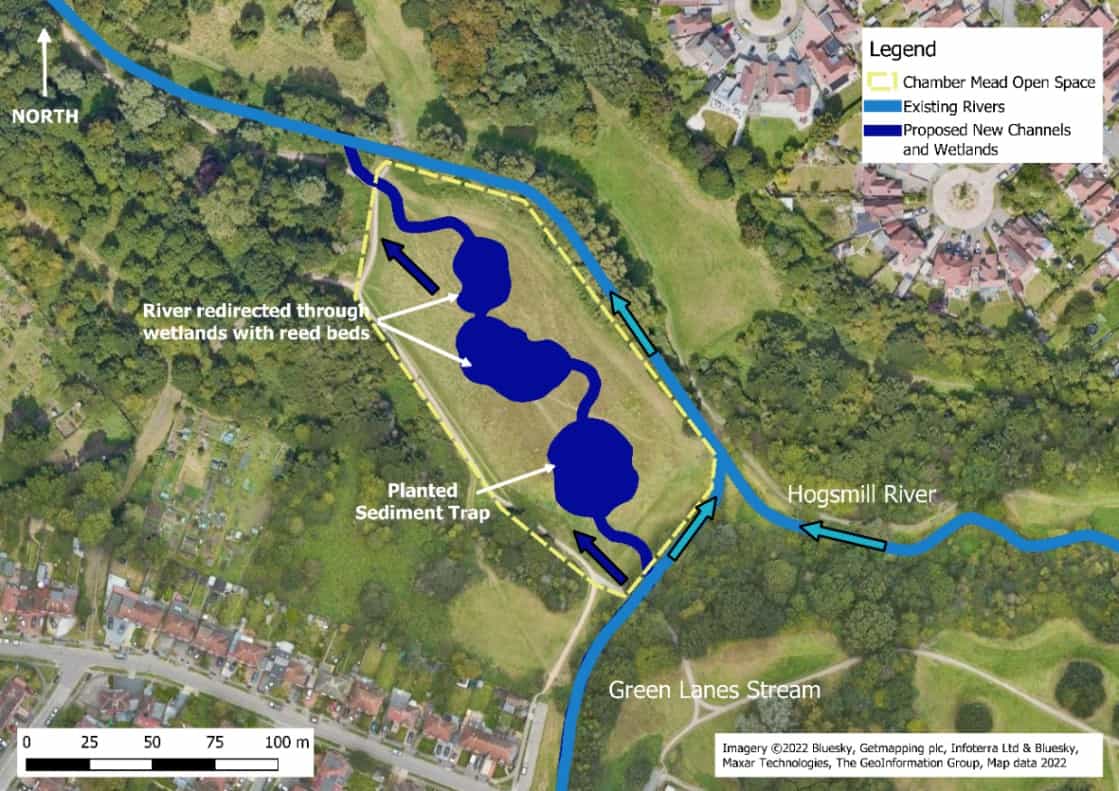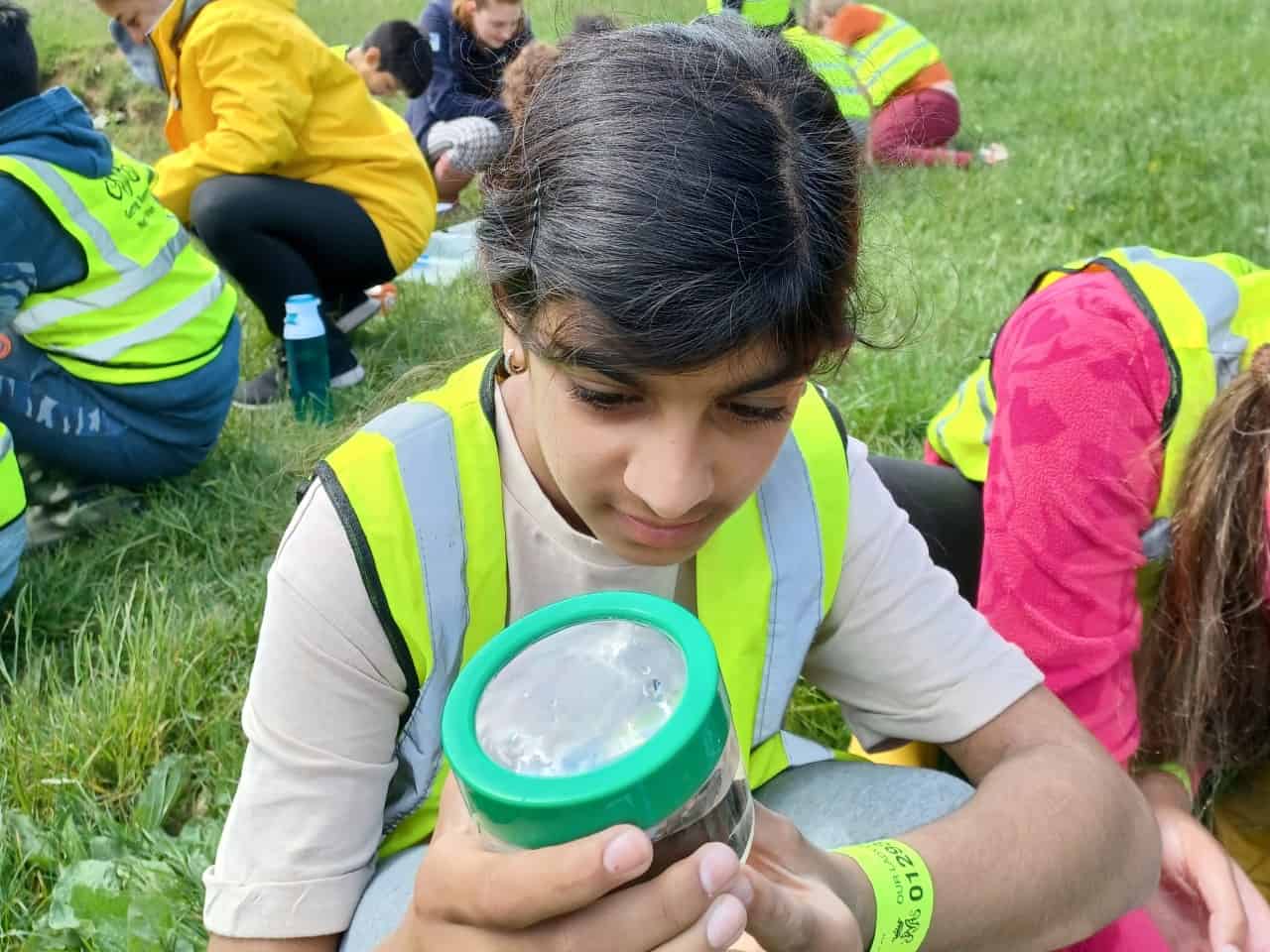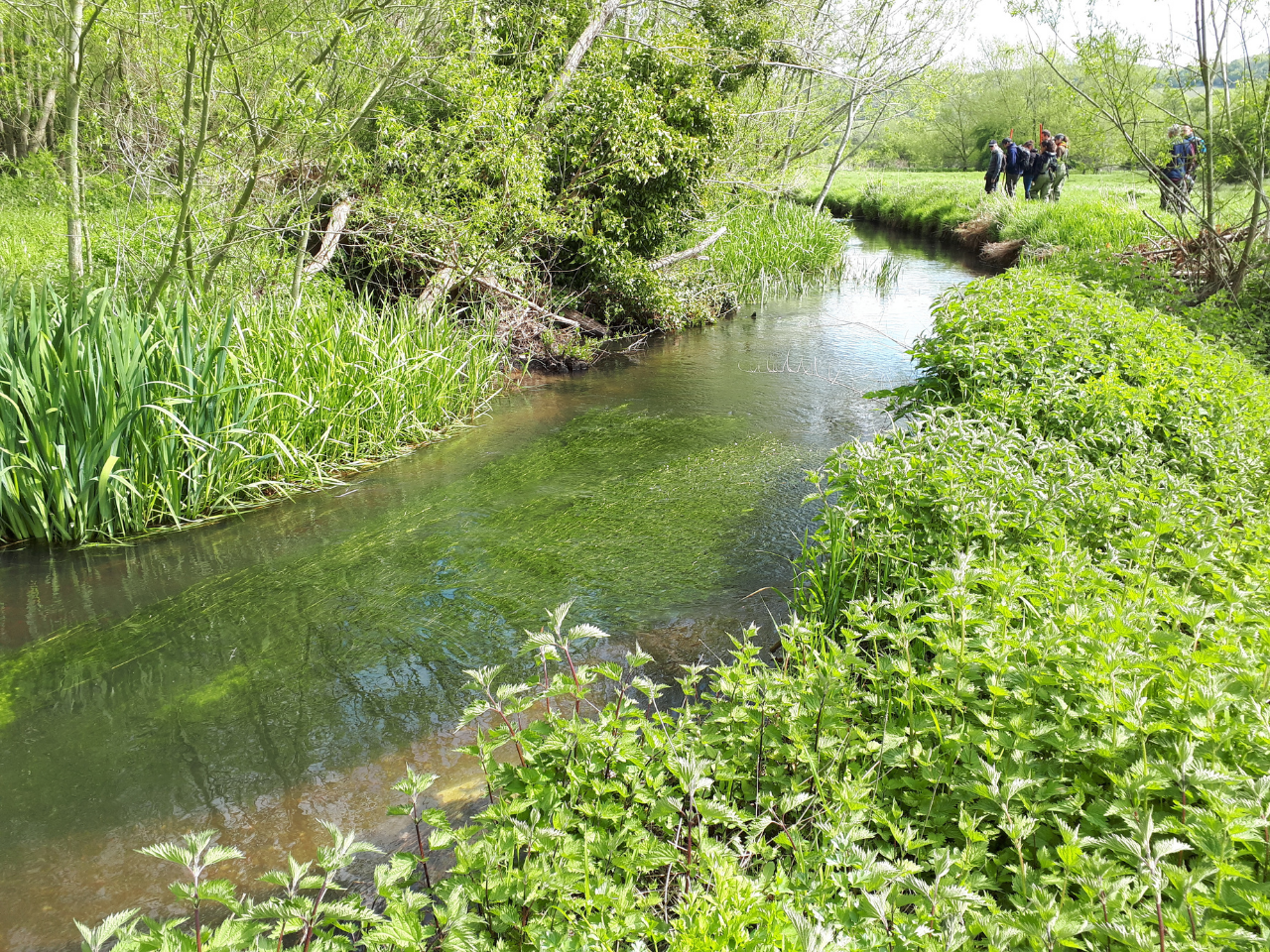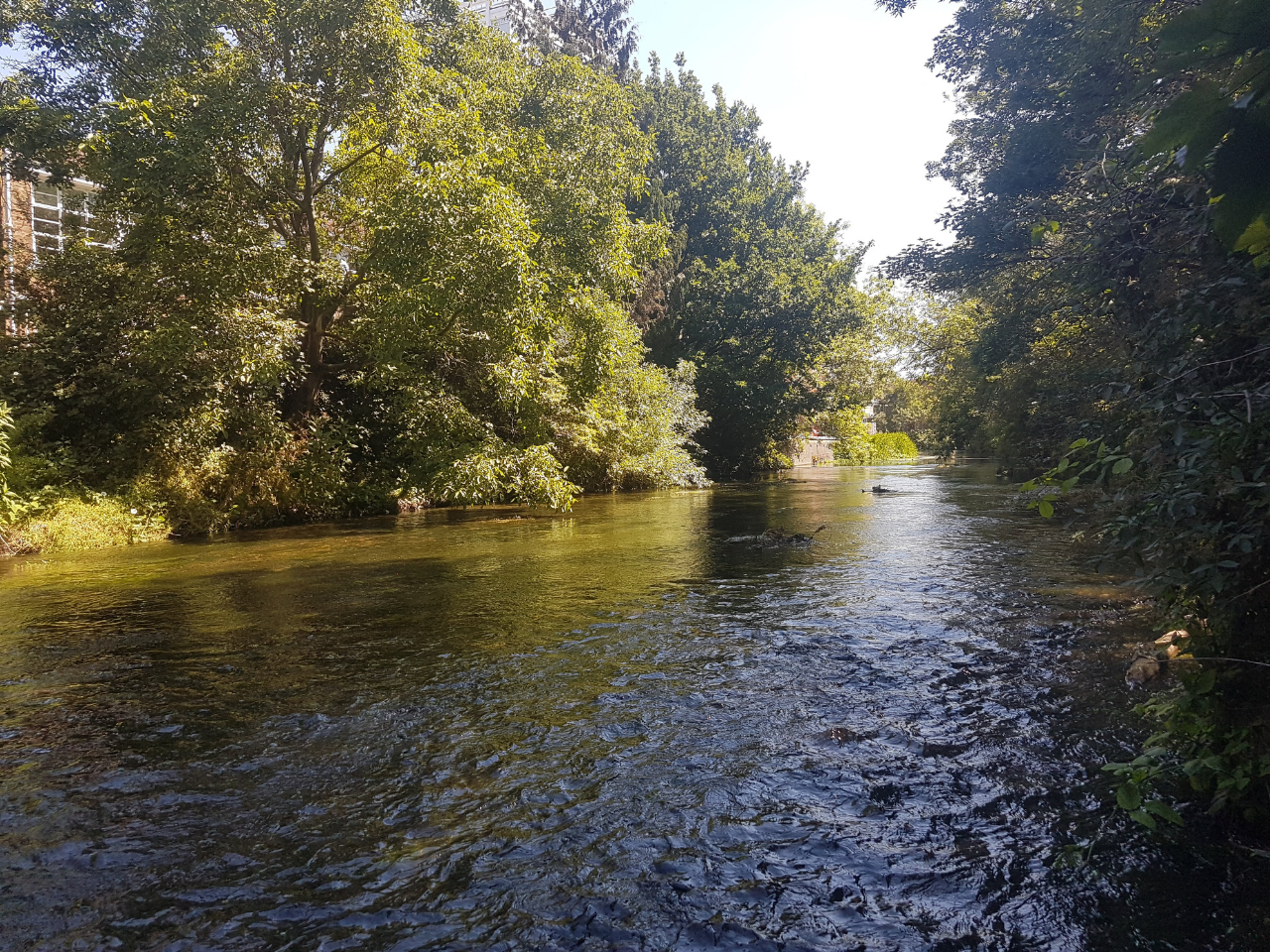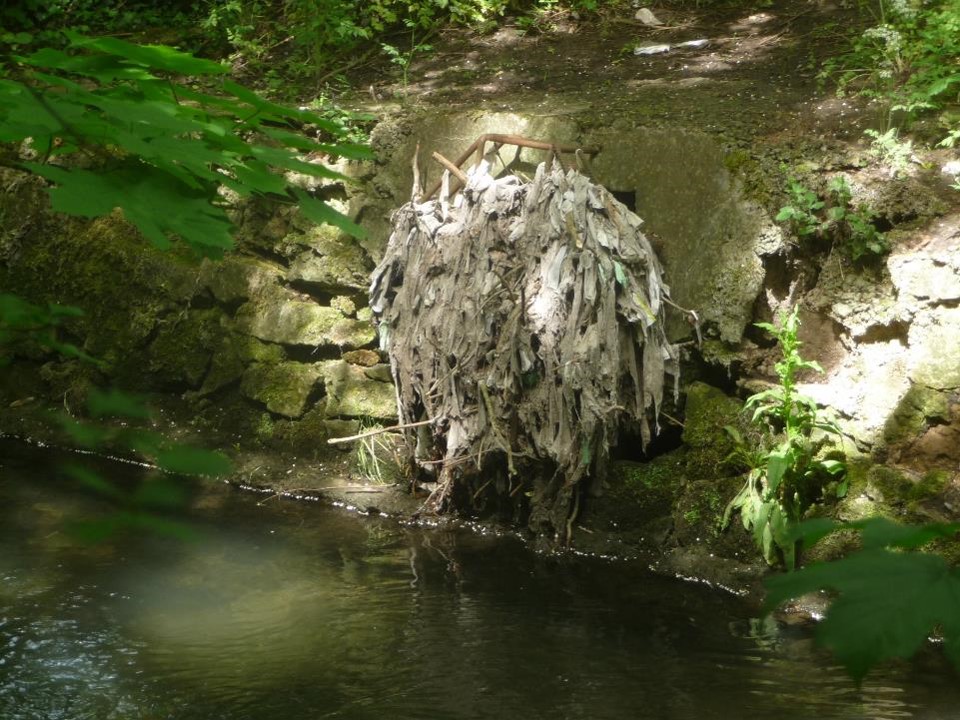The battle to remove Himalayan Balsam from riverbanks by hand has become a staple activity of river conservation management. This invasive non-native species returns annually – and spreads profusely.
However, a biological method of tackling it could eventually rid our rivers of it completely. Nicky Scott, our Volunteer and Engagement Officer, reports the initial results of a trial on the River Hogsmill.

